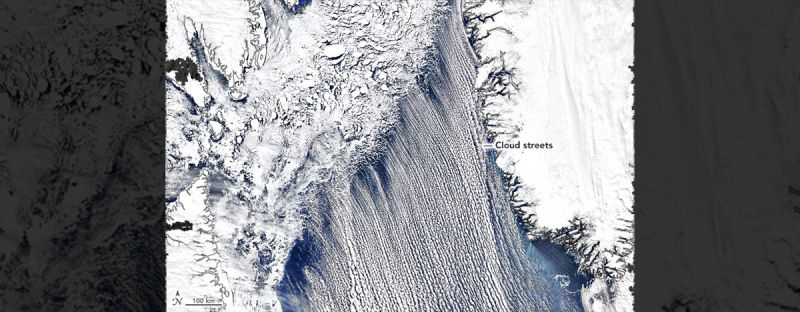
Atmospheric rivers cross the planet. These large, narrow sections of Earth’s atmosphere carry moisture from the tropics to the poles. A recently published paper in Nature Communications discovered that low-frequency, large-scale circulation changes in the Arctic regulate atmospheric river activity and influence moisture regionwide.
In recent decades, Arctic surface air temperatures have been warming more than twice the global average rate. With more warming comes more atmospheric moisture. This increased moisture has many effects across the ecosystem, such as higher specific humidity, greater cloud cover and water content and more precipitation across the Arctic.
Using models and recorded atmospheric river observations, the NSF-funded team discovered the key role of large-scale circulation in regulating moisture transportation toward the poles. These large-scale circulations control atmospheric rivers. Atmospheric rivers are long plumes of intense water vapor that move northeastward, typically formed because of the interaction between a cold front, which contains a large amount of water vapor, and a warm front. These sky streams carry over 90% of outside water vapor into the Arctic. As a result, forces such as circulation that influence these atmospheric rivers influence moisture across the area.
This Science News article "Atmospheric Rivers Shape Arctic Moisture" was originally found on https://beta.nsf.gov/news/releases
